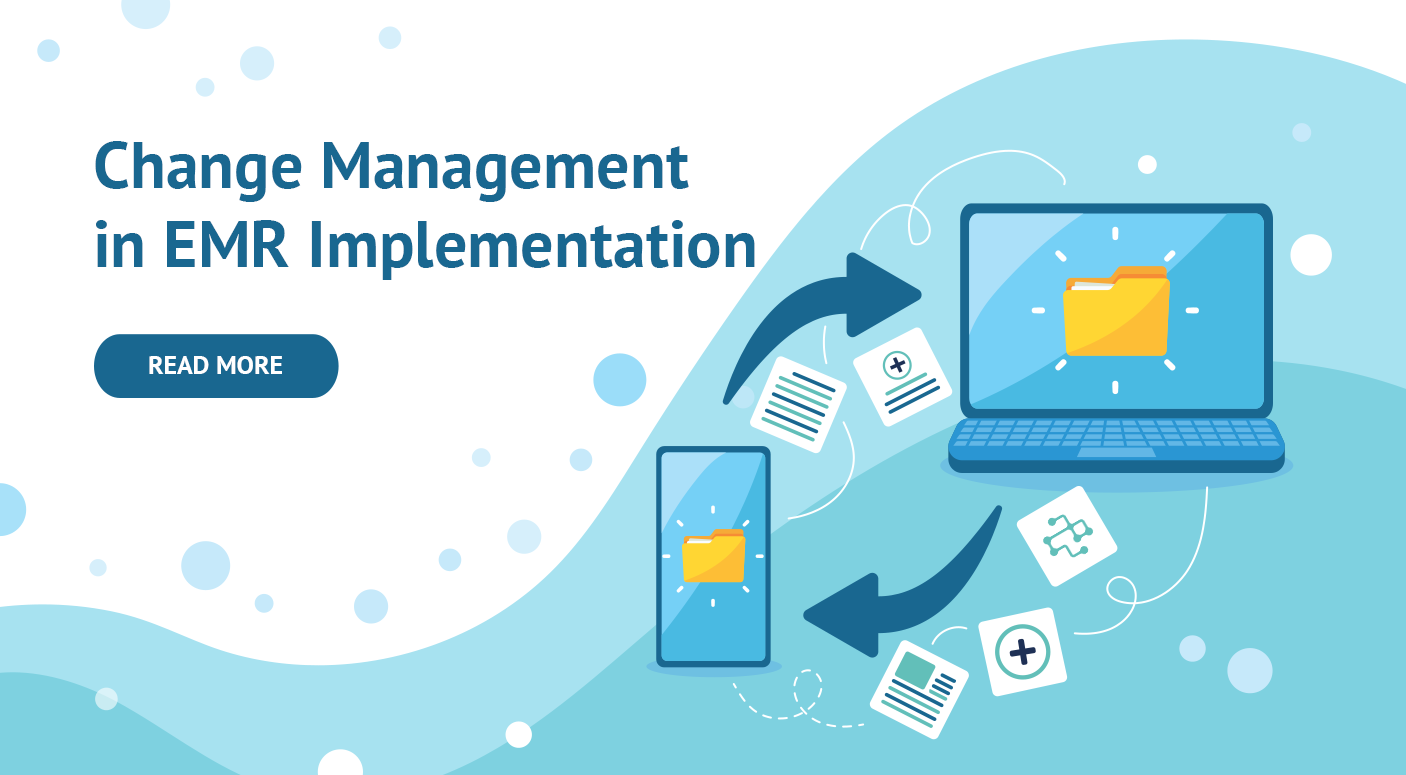As the healthcare industry continues to evolve, technology plays an increasingly important role in enhancing patient care and simplifying administrative processes. EHR systems are one such transformative technology, but more than just software implementation, they require a well-thought-out change management strategy.
In this article, we’ll cover the key concepts and strategies for effective change management when adopting an EMR system.
What drives change?
First, define clear objectives: Whether it’s to improve patient care, increase efficiency, or meet regulatory requirements, clear objectives are the basis of change management.
Second, involve stakeholders: Physicians, nurses, and administrative staff, as well as IT teams, should all contribute guidance on the choice of EMR system.
Third, minimize resistance to maximize benefits.
Planning and preparation
Comprehensive training: To manage change effectively, comprehensive training is essential. Set up training sessions tailored to the roles and responsibilities of each staff member. Make sure everyone is familiar with the EMR system and its use prior to roll-out.
Resistance to change: Healthcare is no different than any other industry. Recognize and address any concerns, provide an open platform for feedback, and address issues as soon as possible. Establishing an open culture helps reduce resistance to change.
Preparing for roll-out: Pilot testing is a great way to test the system before a full roll-out. This allows you to identify and fine-tune any issues that may arise.
Support Teams: Set up support teams to provide immediate support during the transition. This helps resolve user issues and make the transition smoother.
Continuous improvement: The work does not end after roll-out. Monitor and evaluate the performance of the system on a regular basis. Collect feedback from users and use this information to make improvements and enhancements.
Data security and compliance: Ensure that compliance with regulations such as HIPAA is maintained throughout the process of change. This is essential to maintain patient trust and avoid legal issues.
Benefits Realization: Recognize and celebrate the milestones and successes that have been achieved with your new EMR. Reward employees who adapt well to the change.
Performance Review: Regularly review the performance of your EMR system to ensure that it delivers the expected benefits and meets your defined objectives. If necessary, adjust strategies to ensure continued success.
EMR implementation is a continuous process that requires careful planning, employee engagement, and constant training and support. When it comes to technological advances in healthcare, the ultimate goal is to improve patient care, increase efficiency, and remain ahead of the curve.
Still worried about change management?
Contact Triyam, the one-stop data management solution for healthcare!
Schedule a Live Demo Now!

